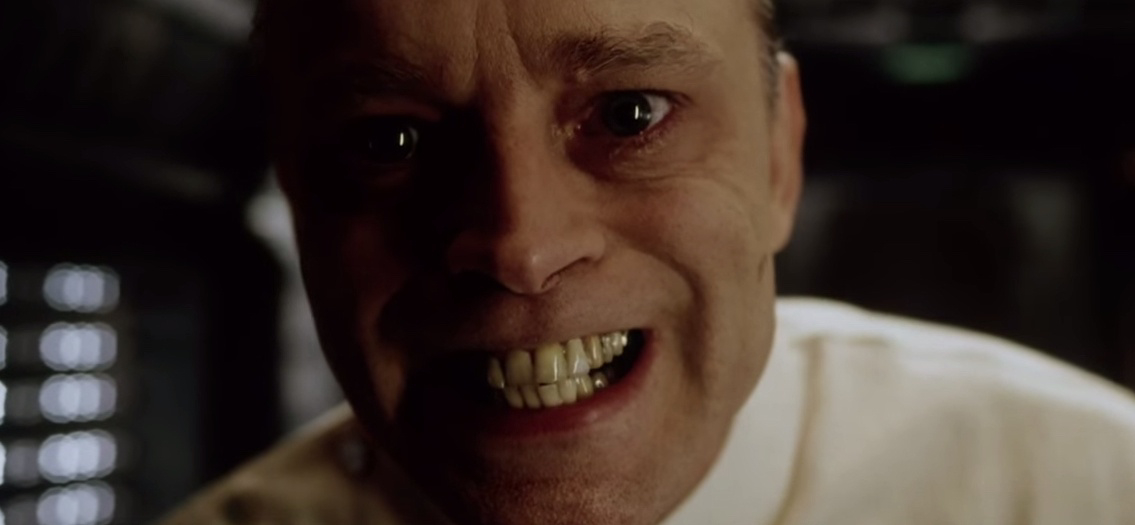- cross-posted to:
- science_memes@mander.xyz
mmm their unevolved blood is $$$$$
I wonder if it’s different blood base makes it less susceptible to dna mutations ?
What it really meant when people talk about living fossils etc is that the morphology of the creature has changed very little. Genetically and on a cellular level there would definitely be a lot of changes from their earlier forms millions of years ago. DNA just doesn’t stick around for more than a couple hundred thousand years maximum it seems so it’s difficult for us to chart those changes that aren’t visible in morphology. Creatures that seem to not change drastically in such long scale time usually have niches and environments that haven’t changed drastically in their existence.
Well put. Although on the outside, a creature may seem not to have changed in any recognizable way, mutations nevertheless accumulated in its DNA with each generation. That’s why we probably should avoid to use the term living fossil.
The real blue bloods
Does anyone know of a good /r/askscience-like community on Lemmy? I’ve got lots of questions about horseshoe crabs.
I’ve never read much about horseshoe crabs before. I knew they were interesting, but they’re fascinating! Here’s a good summary of some of what we know about them: https://www.earthdate.org/episodes/horseshoe-crabs-living-fossils
Interestingly, because their environment is replete with bacteria and their circulatory system makes them particularly prone to infection, they have developed a zero-tolerance immune system. It kills anything it finds that is abnormal.
I wonder how much impact their immune system has on their stagnant evolution. Does killing all intruders reduce the likelihood of mutations by disallowing viruses and the mutations that they bring? Does their immune system know what their DNA should look like and immediately kill any mutations that it finds?
I can’t speak to quality but
I ain’t no biologist or anything, but I’m not sure viruses introduce mutations that would be passed along into offspring. Mutations occur at birth, and the way they go about becoming prominent is through natural selection.
You could possibly say that any horseshoe crabs that mutate at birth into not having their strong immune system would die off and not get any good chances to reproduce enough to evolve.
Viruses have smuggled enough DNA into our DNA that 8% of the human genome is thought to derive from these events. Maybe that’s not the primary source of evolution, but it is a source of evolution.
I’m guessing it’s more of the latter. I really only know about human animals, but we probably make about 50-100 cancerous cells daily (I’m making up the number). Any one of those can become real Cancer^TM if left alone, but our immune system is so efficient at finding and killing these that cancers really only succeed once they have enough good camouflage to masquerade as normal non cancer cells and fool the immune system until it’s too late. That’s why transplant patients and people with autoimmune diseases are at higher risk of cancer (since they are on immunosuppressants) and boosting the immune system is an effective anti cancer therapy.
That being said honestly I doubt the immune system is hunting down tiny mutations in eggs/sperm or committing entire animal-level suicide after they are successfully fertilized but it’s just that it’s a harsh environment and they are perfectly evolved to survive there. Any deviation from that perfect form is just so much less fit for survival that their genes never get passed on. And other animals will eventually just become crabs. Like sharks. Every ocean will evolve crabs and sharks.
The dna is not stagnated and neither is the evolution. Check out this video for more info
Thank you, this was really interesting. I was trying to look up more information on “stabilimorphs” but google pulls up nothing on the term. I’m wondering what causes them to continue mutating in such a stable way. Are they simply that well adapted that they’ve fallen into a stable configuration that has no instability in any of the many dimensions available or is there something else that is maintaining their physical configuration while mutations continue to occur?
The eye thing is the coolest aspect of this critters IMHO. They have lots of different kinds of eyes, and even that tail is sort of one big eye, covered with photoreceptors. Those guys are damn good at slithering around in the mud and finding food.
Literally perfect.

P E R F E C T
I always smile when I see this guy! He was great in Star Trek too
If it ain’t broke
Evolution in a nutshell
Hm not really what is happening… Evolution hasn’t stagnated








